Vintage Tribal Kilim Runner 2' 11" x 10' 11" (35" x 131")
Type:
Kilim RugsCollection:
Tribal RunnersID:
K0077115Size:
Material:
The designs feature a rich array of symbols representing tribal culture and Anatolian motifs, often in the form of medallions, diamonds, and other geometric shapes.
The designs feature a rich array of symbols representing tribal culture and Anatolian motifs, often in the form of medallions, diamonds, and other geometric shapes. These kilim runners are ideal for hallways and narrow spaces, offering a touch of ethnic charm and artisanal quality to any interior.
Herki kilims not only serve as functional floor coverings but also as artistic expressions of tribal identity, making each rug a unique cultural artifact.
Colors
- Warm Earth Tones: The kilim features rich shades of rust and burnt orange invoking warmth and a connection to the earth.
- Contrasting Colors: The use of cream and brown provides contrast, enhancing the vibrancy of the warmer hues while adding depth to the overall piece.
- Harmonic Combinations: The interplay of various colors creates a harmonious balance, representing a blend of nature and cultural influences.
Design Elements
- Geometric Patterns: The runner showcases a series of diamond and zigzag motifs, typical of tribal craftsmanship, symbolizing the connection between humans and the universe.
- Symmetry and Repetition: The repeated patterns create a sense of rhythm, leading the eye down the length of the runner, which adds to its visual interest.
- Borders: The kilim features a distinctive border design that frames the central motifs, enhancing its traditional look while adding a structured element to the design.
Main Motifs and Their Symbolism
- Diamond Shapes: Commonly seen as a symbol of the earth and fertility, representing strength and endurance.
- Zigzag Patterns: These motifs often symbolize water or lightning, denoting the life-giving forces of nature and the power of transformation.
- Color Symbolism: Each color choice reveals cultural significance; orange and red enhance feelings of warmth and vitality, whereas blue is often associated with protection and overall safety within the home.
Summary
The vintage tribal kilim runner is a striking representation of cultural craftsmanship, employing a palette of warm earthy tones and contrasting colors to create depth and vibrancy. Its geometric designs and repetitive elements enhance its visual appeal while embodying significant meanings—diamonds signify strength and fertility, while zigzags represent transformation. Collectively, these design elements and colors create a meaningful connection to nature and tradition, making the kilim a beautiful and significant piece of art.
- Ships in 1-4 business days
- Only one in stock, handmade, unique
- Free shipping via FedEx Express. Easy returns
- Contact us or add a note to your order if you want us to delay your shipping.
- Request more info if you want this rug shorter or narrower
Colors may appear slightly different across various monitors due to screen settings device differences, and external lighting conditions. If color accuracy is important for your space, we recommend viewing the rug on multiple devices or contacting us for a detailed color description. We can provide detailed photos and references using Sherwin-Williams, Benjamin Moore, Pantone, or even Crayola crayons.
You can also visualize most of our products in your own room with AR (augmented reality) on an iPhone or iPad.
Return Policy
Need a rug pad? We recommend RugPadUSA
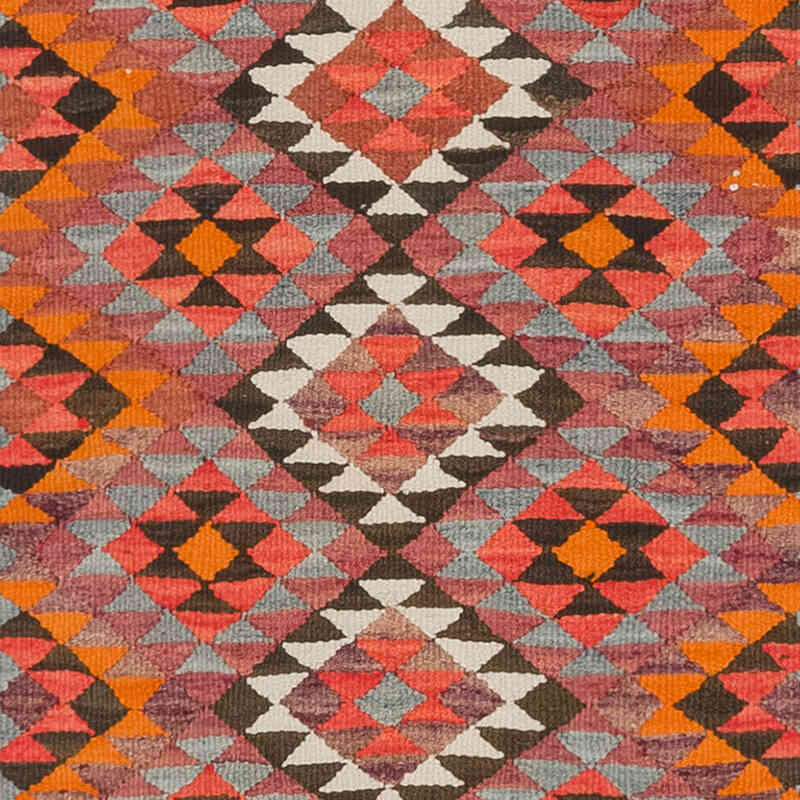
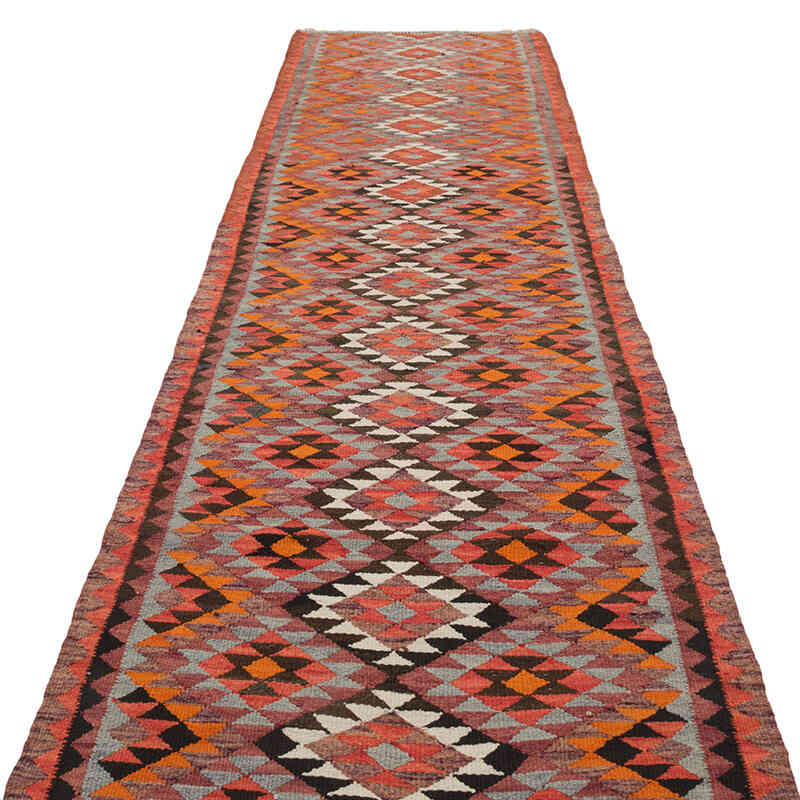

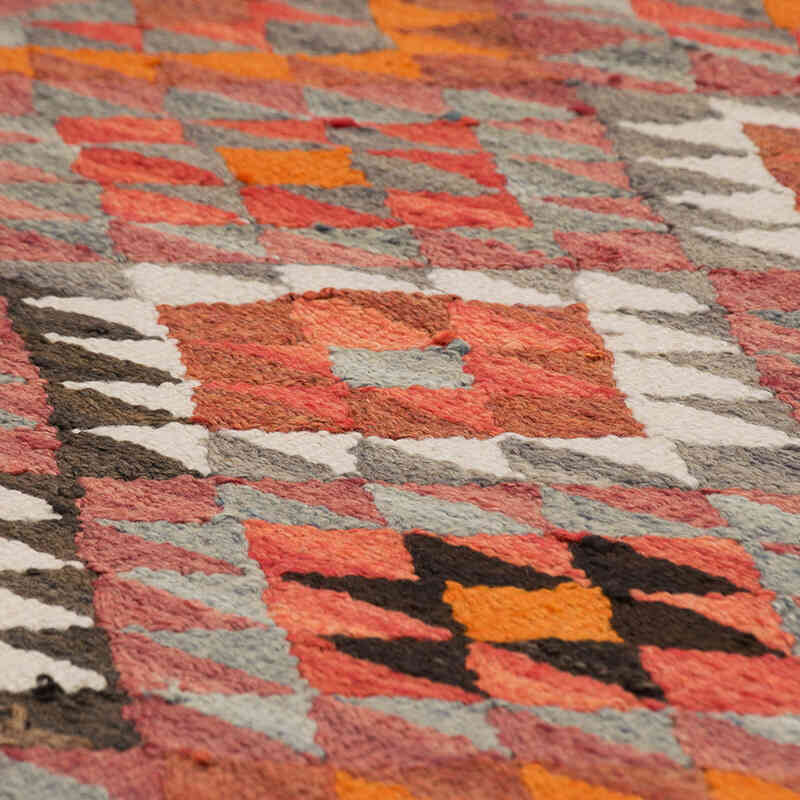
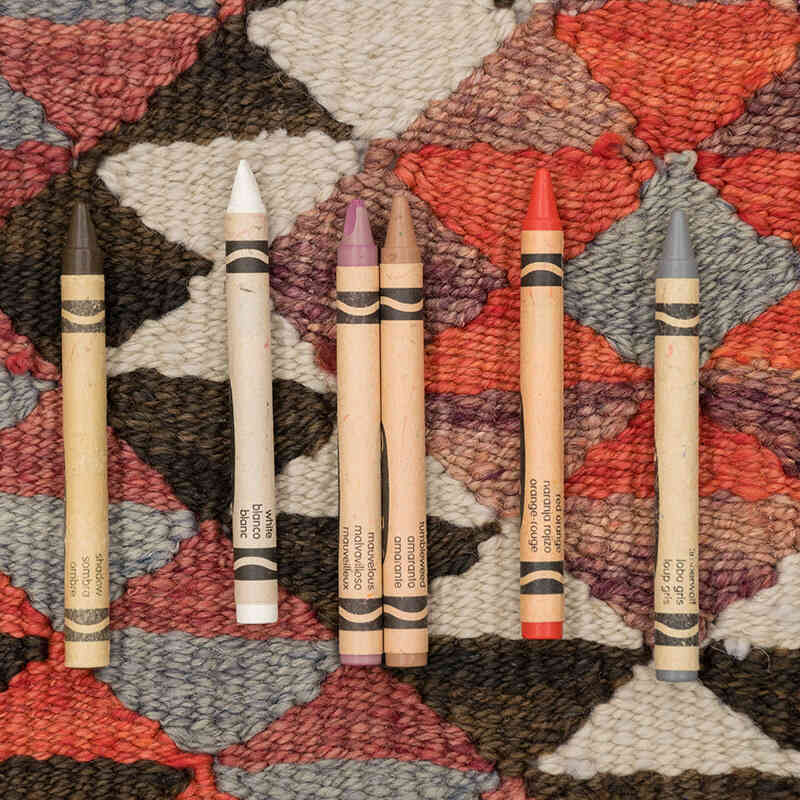
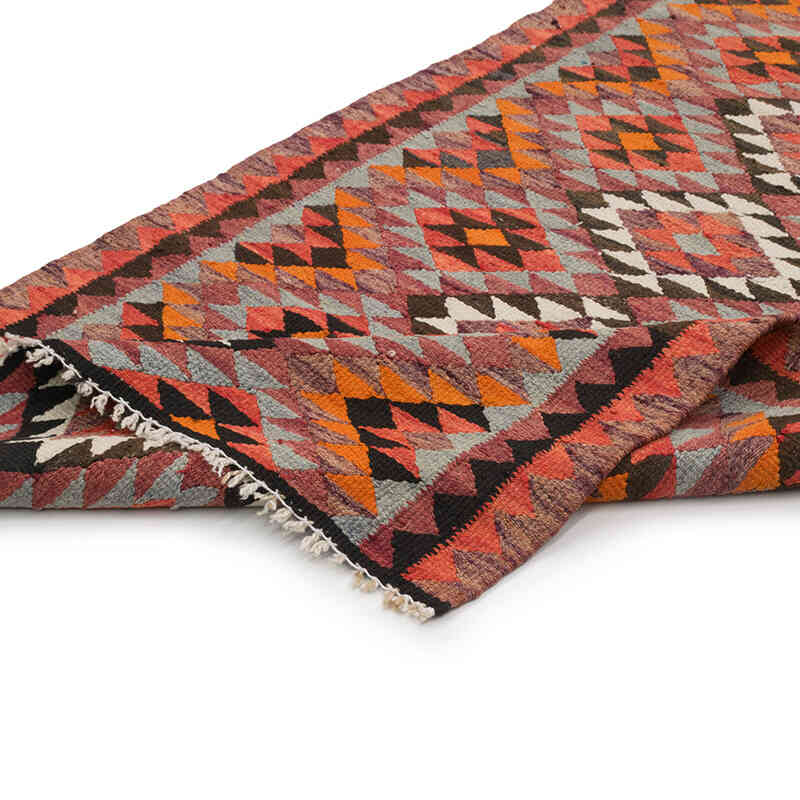

















Love their selection of rugs and they…